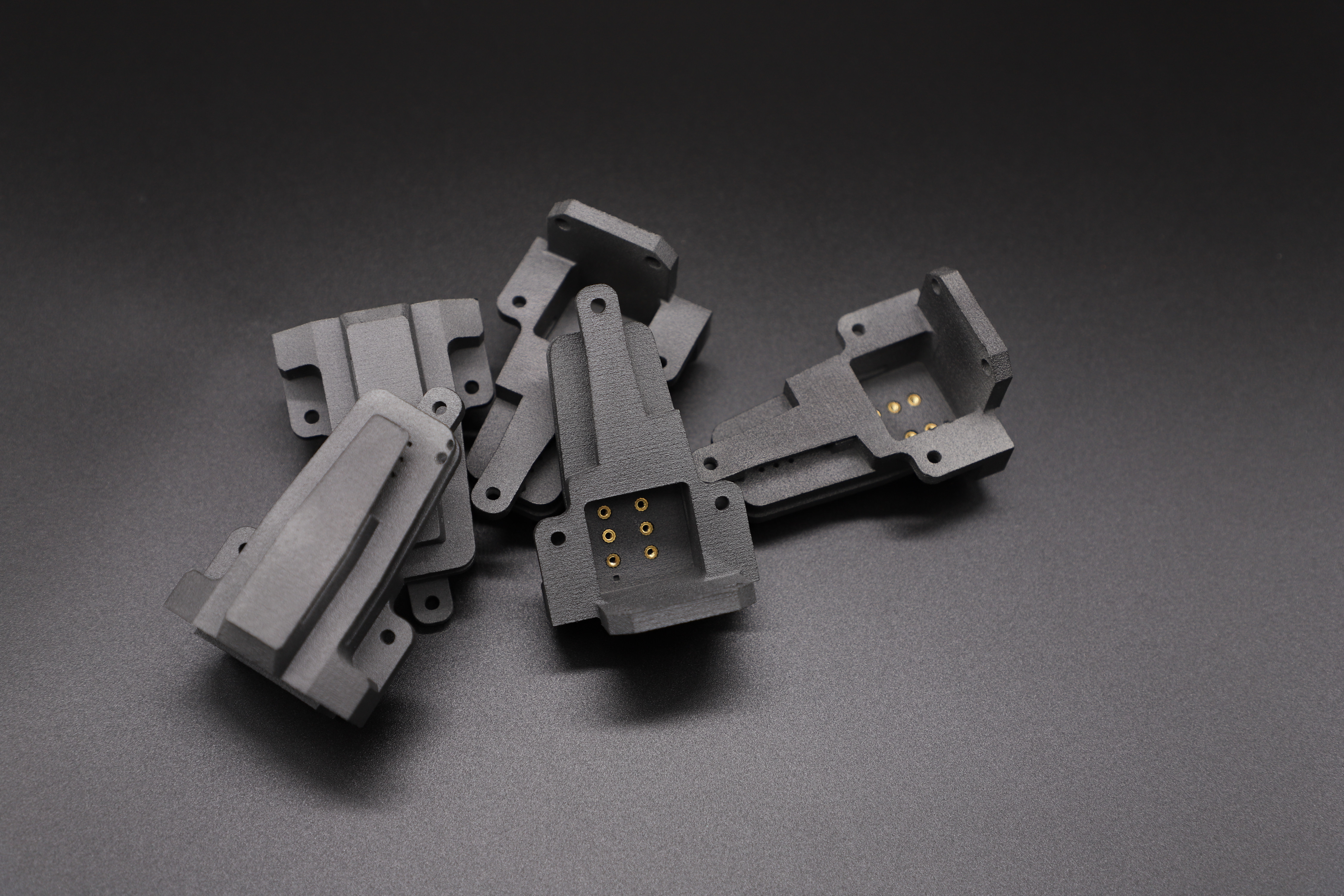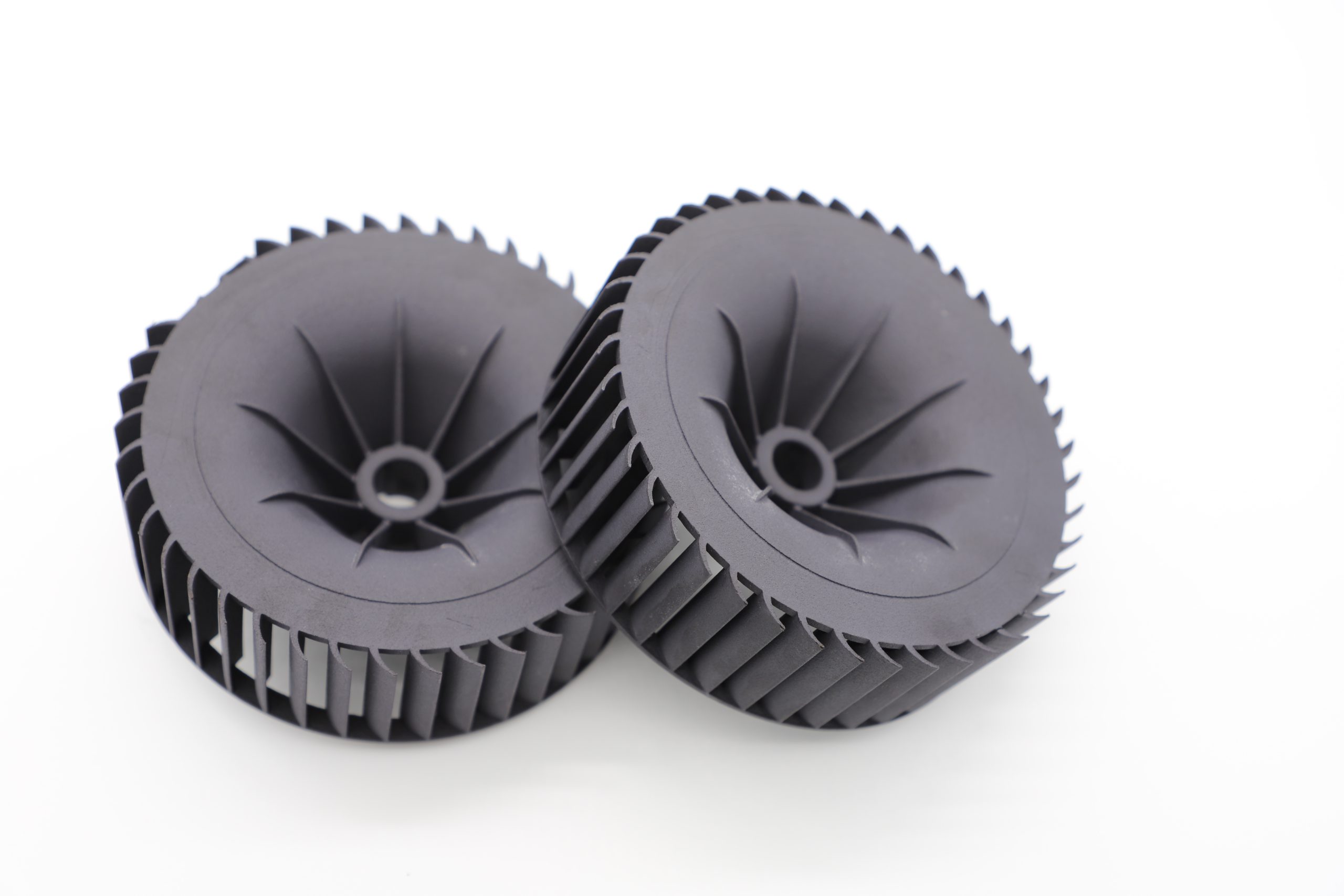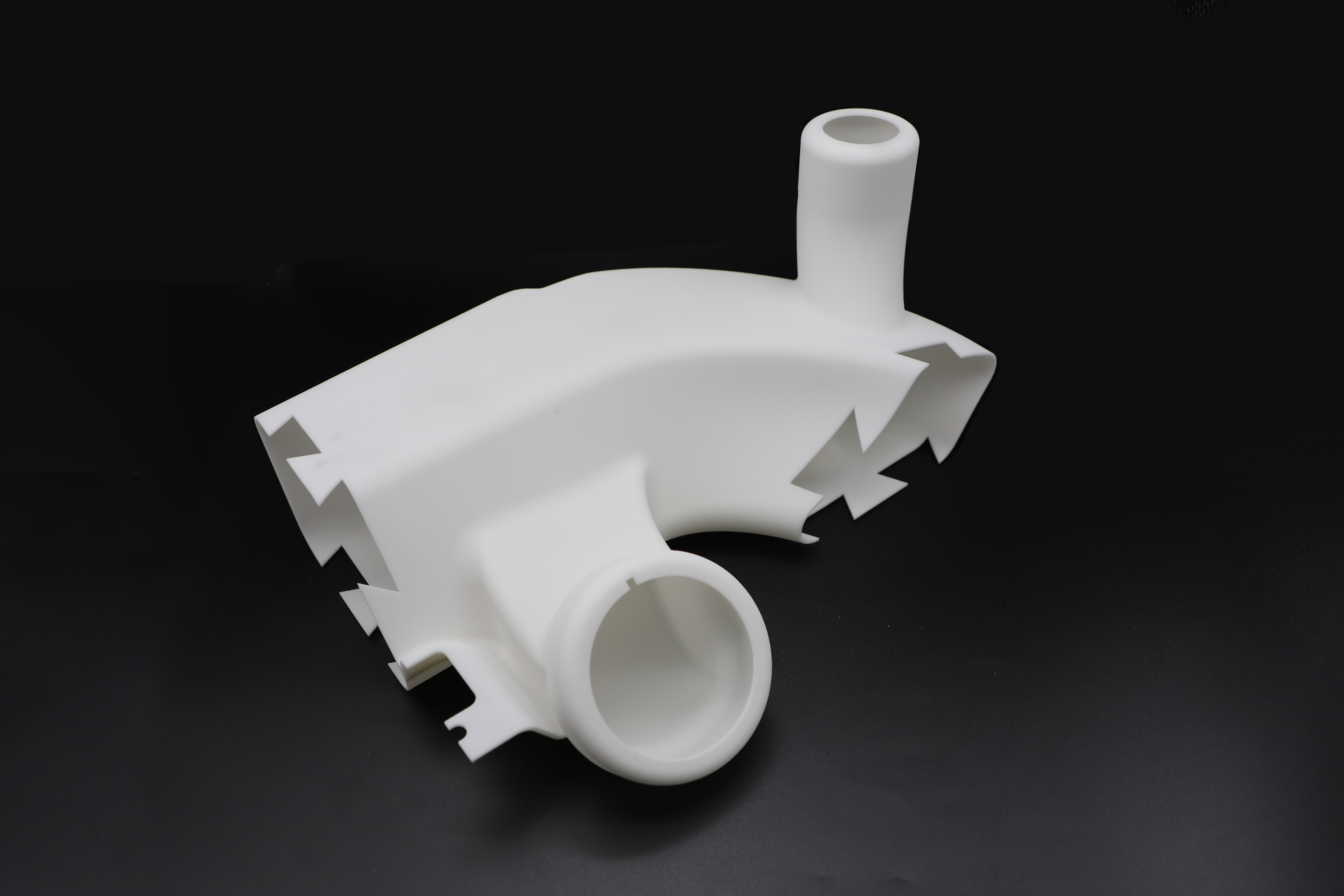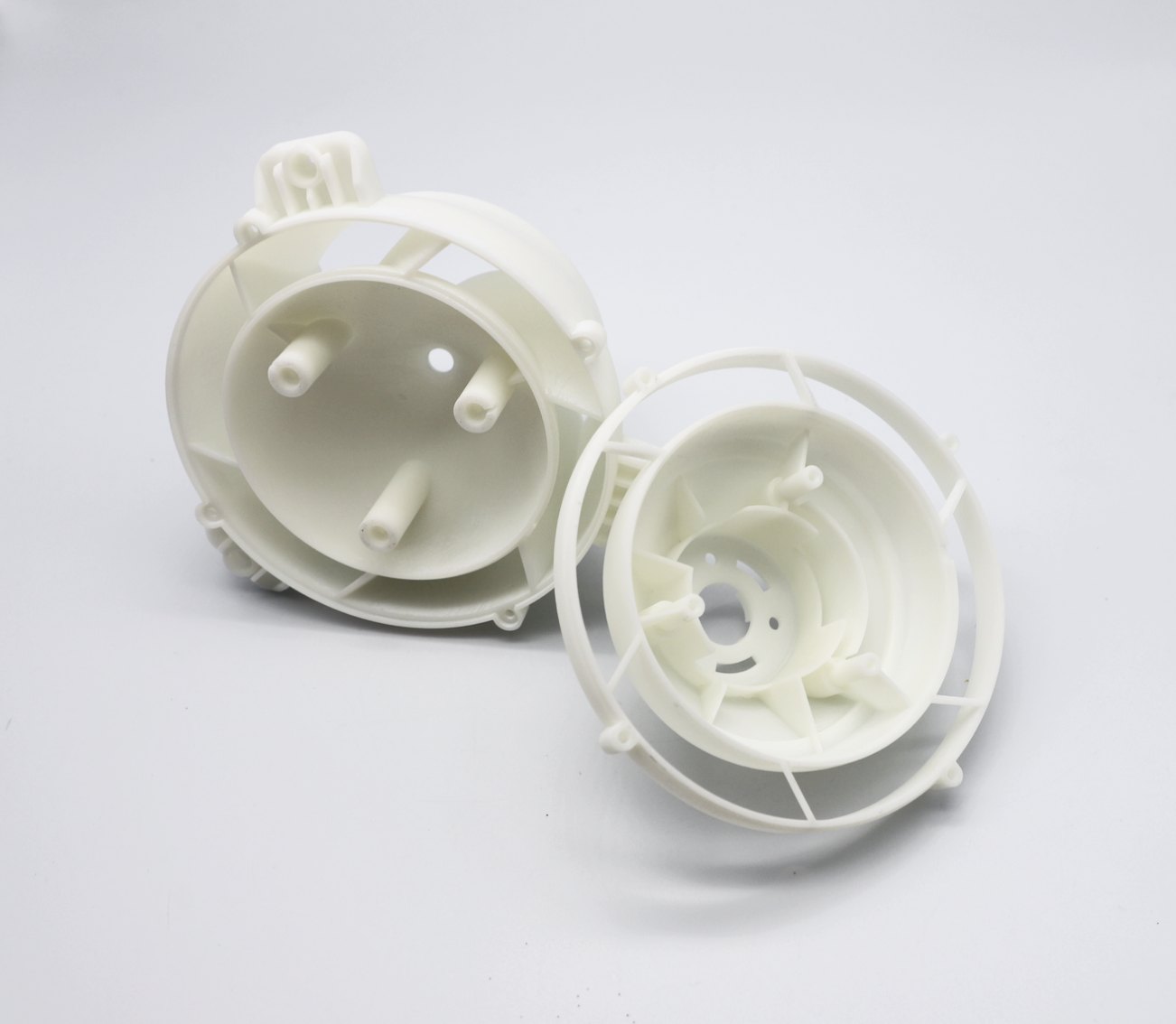Nylon 12 for SLS 3D Printing: Benefits and Applications

This article explores the properties, benefits, and uses of Nylon 12 in Selective Laser Sintering (SLS) 3D printing.
Introduction
SLS 3D Printing
SLS (Selective Laser Sintering) uses a laser to melt powder into solid objects layer by layer.
Unlike other 3D printing methods, it requires no support structures.
Nylon 12
Nylon 12 is a robust and flexible plastic ideal for SLS 3D printing. It has good chemical, heat, and wear resistance, giving it versatility across many applications.
What is Nylon 12?
Chemical Composition and Properties
Nylon 12, also called polyamide 12 (PA12), is a long chain polymer made of repeating units of laurolactam molecules.

Its chemical formula is [(CH2)11C(O)NH]n. This structure gives Nylon 12 several distinctive properties:
Low Density: Due to its long hydrocarbon chain, Nylon 12 has a lower density than other nylon types.
High Flexibility: Its molecular structure allows for greater chain movement, increasing flexibility.
Excellent Impact Resistance: Nylon 12 can withstand high-impact forces without breaking.
Good Chemical Resistance: It is resistant to various chemicals, oils, and fuels.
Low Moisture Absorption: Unlike other nylons, Nylon 12 absorbs very little water, maintaining dimensional stability.
Unionfab’s High-Performance Nylon 12 for SLS Printing
Unionfab offers a range of high-performance Nylon 12 materials designed to meet various needs in SLS 3D printing.
Feature | Nylon 12 (Black, White) | Nylon 12 Pro (Black) | Nylon 12 Glass-Filled (Off-white, Black) |
|---|---|---|---|
Base Material | Standard Nylon 12 | Improved Nylon 12 (Evonik) | Nylon 12 with glass filling |
Color Options | White | Black | Offwhite, Black |
Detail Quality | Standard | Better, small details (0.4-0.6mm) | Less accurate |
Toughness | Durable | Better | More durable |
Dimensional Accuracy | Stable | Stable | Stable |
Printing Suitability | Prototypes, end-use | Small batch printing | Technical parts |
Surface Texture | Grainy | Smoother | Granular and porous |
Complex Structures | Suitable | Suitable | Suitable |
For more details, visit Unionfab’s SLS 3D Printing Service and 3D Printing pages.

Advantages of Nylon 12 in SLS Printing
How Nylon 12 Improves SLS Printing
Because of its special qualities, nylon 12 works well with Selective Laser Sintering (SLS). The powder absorbs laser energy well, helping control the process carefully and avoid problems like holes or incomplete melting.
Impact on Print Quality

Nylon 12 works well for SLS 3D printing. As a powder, it spreads evenly which allows the laser to melt it into very detailed shapes. Unused powder supports overflow areas, so complex designs can be made without the structure collapsing.
Best of all, nylon 12 stays the same size after fusing together with the laser, so the final print is the right size without extra work.
This makes nylon 12 very reliable for SLS. Objects can be printed accurately while keeping an intricate design.
Thermal Characteristics and Performance
Nylon 12 powders melt quickly when hit by the laser, allowing parts to be built efficiently layer by layer.
Nylon 12 also maintains its shape even with temperature changes. This consistency is important for applications that will face varying environments.
Applications and Use Cases of Nylon 12 in SLS Printing

Aerospace and Automotive Industries
Nylon 12 is used to make parts for airplanes and cars because it's strong and light. Examples include:
Brackets
Clips
Covers
Consumer Products and Fashion
Nylon 12 is ideal for creating everyday items and fashion accessories:
Customized phone cases
Watch bands
Jewelry
Medical and Dental Applications
In the medical and dental fields, Nylon 12 is used to print custom-fit items:
Braces
Dentures
Surgical tools
Prototyping and Low-Volume Production
Nylon 12 is great for making prototypes and small batches of products. Its benefits include:
Quick and efficient prototype creation
Cost-effective for low-volume production
Nylon 12 Post-Processing Options
Nylon 12 surfaces are grainier compared to resin prints.

Source: Unionfab
Popular Post-Processing Options:
Vapor Smoothing
Dye Black Painting
Raw Painting
Challenges and Considerations of SLS Nylon 12
Cost Implications
Nylon 12 can be expensive compared to other materials. This is important, especially if you need to make many parts or work with a tight budget.
Post-Processing Requirements
After printing with Nylon 12, parts often need extra work to be finished. This can include:
Cleaning: Removing any leftover powder from the surface.
Smoothing: Making the surface smoother by sanding, polishing or vapor smoothing.
Painting or Coating: Adding color or a protective layer. These steps can take extra time and effort, something to consider when planning your project.
Conclusion
Nylon 12 is a strong, flexible, and durable material that is excellent for SLS 3D printing.
Whether producing low-volume complex parts or mid-production runs, Nylon 12 facilitates reliable 3D printing of high-quality components.

